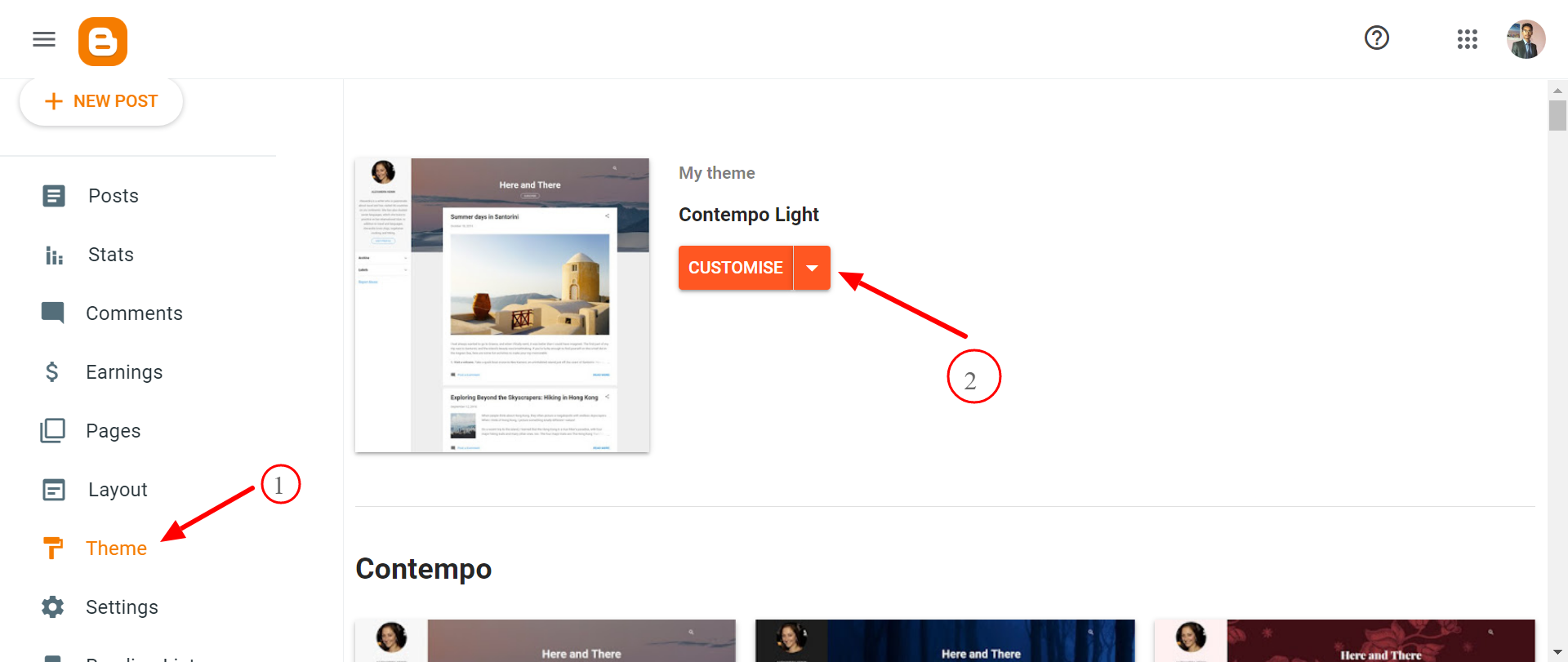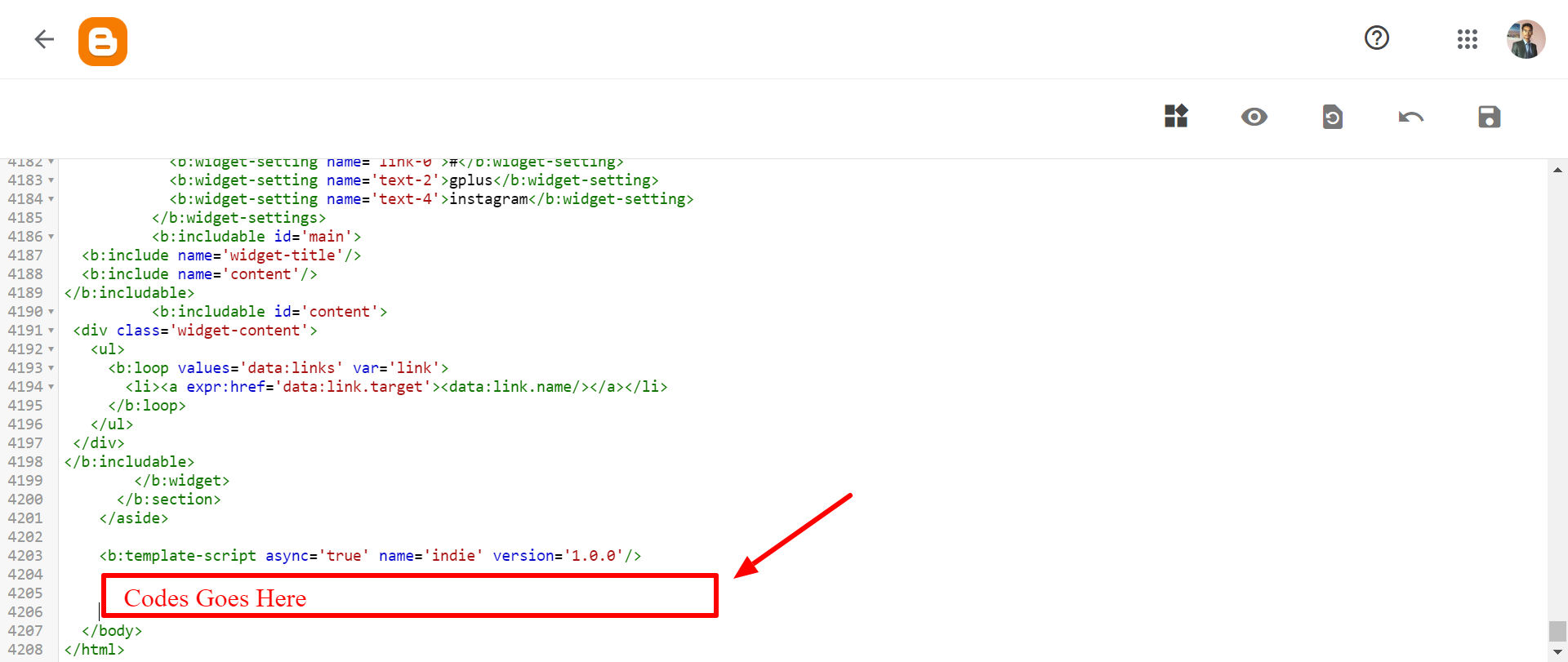Are you tired of losing revenue because of adblockers on your Blogger website? Well, we have the solution for you! With our Adblock detection script, you can easily detect when a user has an adblocker enabled and prompt them to disable it or whitelist your site. In this article, we will guide you through the process of configuring the settings and installing the Anti Adblock script for your Blogger website.
1. Get Adblock detection script:
The first step in installing the Adblock detection script is to get adblock detection script it from our website. You can customize settings from bellow buttons.
2. Configure the settings:
Once you have proceed to the Adblock detection script, you will need to configure the settings to match your website.
Make the necessary changes to the settings and save the file. It is important to note that any changes made to the configuration file will only take effect after the script is installed on your website.
3. Install the script on your Blogger website:
Now that you have configured the settings for the Adblock detection script, you can proceed to install it on your Blogger website. To do this, follow these steps:
Step 1: Log in to your Blogger account and navigate to the “Theme” section.

Step 2: Click on “CUSTOMIZE” button arrow
Step 3: Click on “EDIT HTML” link then you will get full HTML code.
Step 4: At the bottom of the HTML code, find </body> and paste the code just before the this tag.

4: Test the script:
Once the script is installed, it is important to test it to make sure it is working properly. You can do this by enabling an adblocker on your browser and visiting your website. If the Adblock detection message appears, then the script is working correctly.
Congratulations, you have successfully installed the Adblock detection script on your Blogger website! By using this script, you can now detect when users have an adblocker enabled and prompt them to disable it or whitelist your site. This can help increase your revenue and ensure that your content is being viewed by as many users as possible.